-
Posts
8,370 -
Joined
-
Last visited
Content Type
Profiles
Forums
Gallery
Events
Posts posted by Jim Lad
-
-
-
-
Thank you, Juergen.
John
-
Lovely lines on that hull, Bob, she's coming along really well.
Also a great reference photo you found. Don't we all wish we could find something like that for our particular ships!

John
-
-
Again, thank you gentlemen, one and all, for your support!
I can hardly wait to get back to her to get the remaining details finished off.
John
-
-
Beautiful paint job, Piet. Are you going to leave the hull all white, or paint her and anti-fouling colour below the waterline?
John
-
Coming along very nicely, Popeye. She's looking great!
John
-
-
-
Well, I almost had the rigging done! All rigging was secured yesterday afternoon until I turned around quickly with a pair of tweezers in my hand, caught the port after brace and carried it away!

The brace is now re-rigged but still to be trimmed and re-secured, so apart from a slightly cock-eyed yard (due to no tension on the port brace) and the unfinished brace, she's rigged.
Next time in at the museum I hope to get her finished (visitor numbers allowing) as once the brace is re-done there's only cleaning up of Irish pennants, attaching rope coils and the anchors to do - the anchors and cables are made and simply awaiting attachment.
Here are some photos of her as of yesterday.
John
- harvey1847, augie, jaerschen and 11 others
-
 14
14
-
Straight face, Andy? I was hiding under the desk in case of a bolt of lightning!

John
- egkb, realworkingsailor and mtaylor
-
 3
3
-
-
Looking first class, Andy.
As for organising trips to bathrooms etc., please try to remember that one must have a deep seated respect and reverence for the highly esteemed Marine Superintendent (if that's what they're still called).

John
-
-
JohnVery nice sails, Ilhan.
Now I know where to go when I needs some clothes altered!

-
BCG,
I can't give you a definitive answer for your particular ship, but in general, ships of the period had a pair of substantial double or triple blocks (the jeer blocks) for hoisting the lower yards. The topsail yards often had a single block on the yard through which the tie was led, and topgallant yards had the tie simply attached to the yard.
If, by Connie, you mean Constitution, then you should be able to find a lot of very specific information on the web concerning her actual rigging.
Have fun with your model, mate!

John
-
Nice to hear that the safety timbers are going back, Augie. Antlers can be pretty brittle (just ask your local moose)!
John
-
That coat of black certainly changes her - makes her come alive!
John
-
They may have been bolted or treenailed, Daniel - we have no way of knowing now, however I'd suspect treenails would be most likely given the shortage of supplies of all descriptions in the early days of the colony.
John
-
Ed,
The water stops are an interesting detail, but seem almost excessive given that most wooden ships leaked to some extent due to the hull working in a seaway. The cargo wouldn't be stowed directly on the frames or planks, but on dunnage laid over the ship's structure. The ship would also be pumped regularly to keep her dry.
A very interesting example of 19th century craftmen's almost constructional overkill.
John
-
She's really looking the part now, Alexandru!
John
-
Yep! I've never used a drop of CA glue!
John



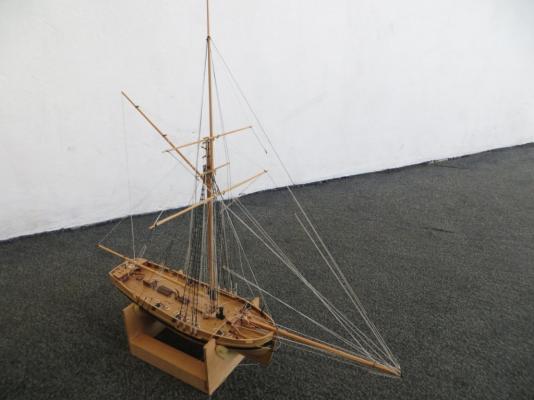
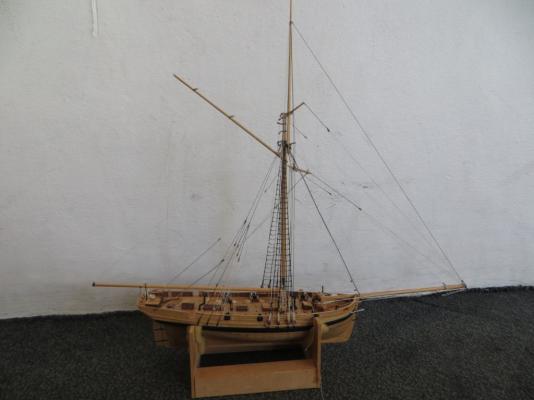
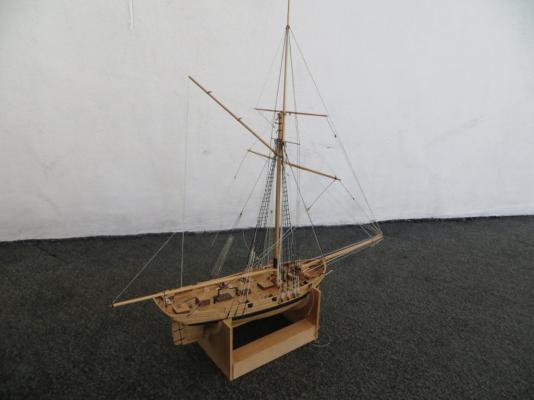
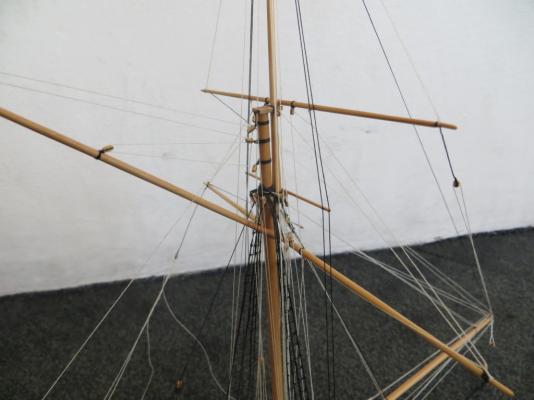
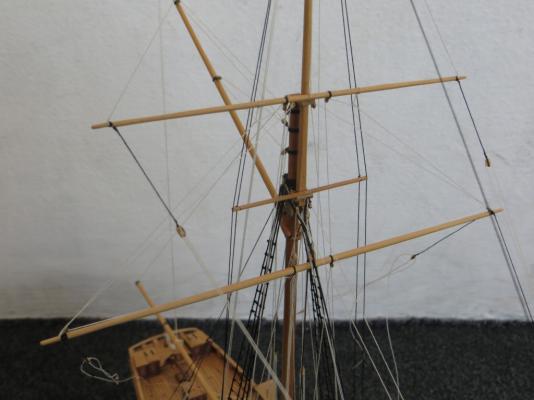
Stag by Jim Lad - FINISHED - Scale 1:96 - English Revenue Cutter of 1827
in - Build logs for subjects built 1801 - 1850
Posted
Thanks, Michael. She's just a little smaller than your pilot cutter!
John